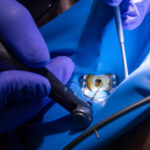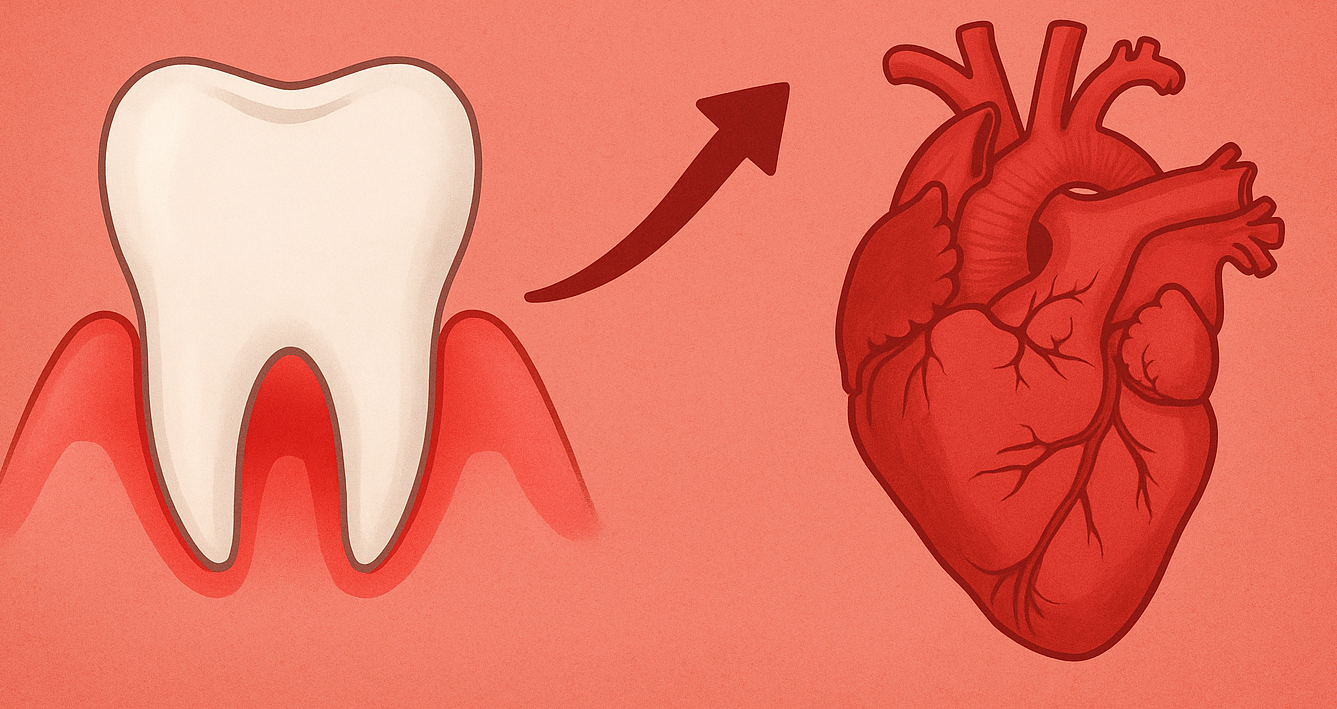Routine checkups are vital for monitoring your child’s oral development and catching issues early.
As a parent, ensuring your child’s overall health includes prioritizing their oral health. While regular dental checkups every six months are recommended, certain signs may indicate that a visit to the dentist is urgently needed. Here are five key signs that should not be ignored: chewing pain, a discolored tooth, red and swollen gums, persistent bad breath, and fever accompanied by lethargy. Let’s explore each of these signs in detail and understand why they may point to a need for immediate dental care.
1. Chewing Pain
Pain while chewing is one of the most common indicators of a dental problem in children. If your child complains about discomfort or avoids chewing on a specific side of their mouth, it may be due to several underlying issues:
- Cavities: Tooth decay can cause sensitivity or pain when biting down, especially if the decay has reached the inner layers of the tooth.
- Cracked or Fractured Tooth: Accidents or chewing on hard objects can lead to cracks in teeth, causing sharp pain during chewing.
- Infection or Abscess: An untreated cavity or trauma can lead to a tooth infection or abscess, which can cause significant discomfort and swelling.
- Eruption of New Teeth: For younger children, chewing pain may be related to teething. In older kids, molars or wisdom teeth eruption can also cause temporary discomfort.
If your child experiences persistent chewing pain, schedule a dental appointment promptly. Early intervention can prevent more severe complications, such as infections spreading to other areas of the mouth or face.
2. Discolored Tooth
A discolored tooth in your child’s mouth is often a visible warning sign of an underlying issue. While teeth naturally vary in shade, a single tooth that appears darker or stained can be a cause for concern. Common causes include:
- Tooth Trauma: An injury can damage the pulp inside the tooth, leading to internal bleeding or nerve death. This may cause the tooth to turn gray or black.
- Cavities or Decay: A discolored tooth may indicate extensive decay, especially if it’s accompanied by sensitivity or pain.
- Fluorosis: Overexposure to fluoride during early childhood can lead to white or brown streaks on teeth, often cosmetic but occasionally requiring attention.
- Medications or Dietary Factors: Some antibiotics and iron supplements can cause staining. Additionally, pigmented foods and drinks may discolor enamel.
If you notice a discolored tooth, consult your dentist to determine the cause and necessary treatment, which may include fillings, crowns, or professional cleaning.
3. Red and Swollen Gums
Healthy gums should be pink and firm. If your child’s gums appear red, swollen, or bleed easily, it may indicate gum disease or another issue requiring dental care. Common causes include:
- Gingivitis: Poor oral hygiene can lead to plaque buildup along the gumline, causing inflammation and irritation. If untreated, gingivitis can progress to more severe periodontal disease.
- Infections: Bacterial infections, including abscesses, can cause gum swelling and redness, often accompanied by pain.
- Teething: Swelling and redness may occur when teeth erupt. While this is usually temporary, any prolonged symptoms should be evaluated.
- Food Impaction: Food stuck between teeth or under the gums can irritate the tissues, leading to redness and swelling.
Encourage proper brushing and flossing habits to maintain gum health. If the symptoms persist, your dentist can assess the situation and provide professional cleaning, antibiotic treatment, or other necessary care.
Their Teeth Are Stained Or Discoloured
The languages only differ in their grammar, their pronunciation and their most common words. Everyone realizes why a new common language would be desirable: one could refuse to pay expensive translators. To achieve this, it would be necessary to have uniform grammar, pronunciation and more common words. If several languages coalesce. The European languages are members of the same family.
The new common language will be more simple and regular than the existing European languages. It will be as simple as Occidental; in fact, it will be Occidental. To an English person, it will seem like simplified English, as a skeptical Cambridge friend of mine told.
Your family’s at-home dental hygiene habits are crucial for the long-term health and appearance of their smiles. However, regular trips to your pediatric dentist are equally important.
4. Persistent Bad Breath (Halitosis)
Occasional bad breath is normal, particularly after eating pungent foods. However, persistent halitosis that doesn’t improve with brushing or rinsing could indicate a deeper problem, such as:
- Tooth Decay: Bacteria thriving in decayed teeth can produce unpleasant odors.
- Gum Disease: Inflamed gums often harbor bacteria that contribute to chronic bad breath.
- Dry Mouth: Reduced saliva production can allow bacteria to multiply, leading to halitosis.
- Tonsil Stones or Infections: Debris trapped in the tonsils can cause a foul smell.
If your child’s bad breath persists despite good oral hygiene, it’s time to consult a dentist. Identifying the root cause can prevent further complications and restore fresh breath.
5. Fever and Lethargy
A fever combined with lethargy is often a sign of an infection. If this is associated with dental issues, it’s a clear indication that immediate professional care is needed. Potential causes include:
- Dental Abscess: A pus-filled pocket caused by bacterial infection can result in swelling, pain, fever, and fatigue.
- Teething in Babies: Although teething itself doesn’t cause fever, it may make your child more susceptible to infections.
- Oral Infections: Untreated cavities or gum disease can lead to infections that affect overall health, especially if the bacteria spread beyond the mouth.
A dental infection left untreated can become life-threatening. Visit a dentist or pediatrician promptly to address the issue and ensure your child’s overall well-being.
Conclusion
Paying attention to your child’s dental health is crucial for preventing problems and ensuring proper growth and development. While routine dental visits are essential, being vigilant about signs like chewing pain, discolored teeth, red and swollen gums, persistent bad breath, and fever with lethargy can help you act promptly when issues arise.
Early intervention by a dentist can resolve these problems effectively, saving your child from unnecessary discomfort and preventing long-term complications. Remember, healthy teeth and gums contribute not only to a confident smile but also to overall health and well-being.








Comments
adamgordon
Thanks for this great post!
miaqueen
Thanks for sharing 🙂